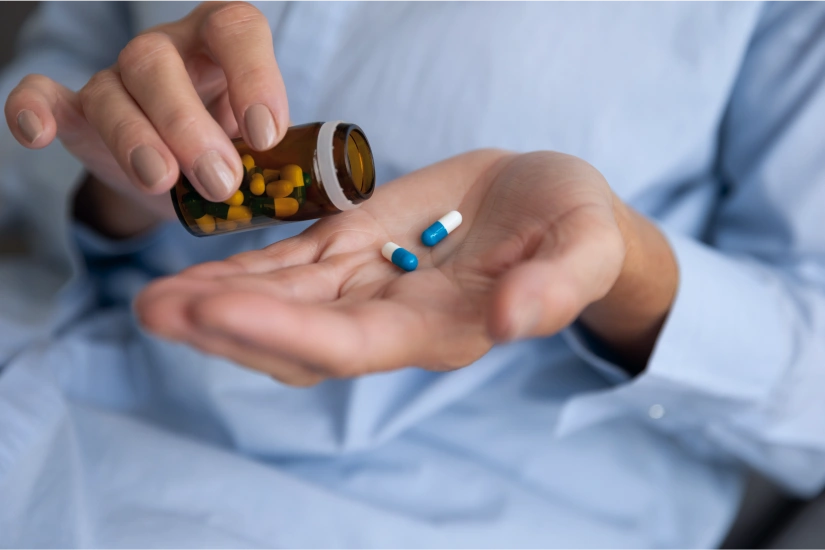24/7 Helpline:
(866) 899-221924/7 Helpline:
(866) 899-2219
Learn more about Stimulant Detox centers in Protection
Stimulant Detox in Other Cities

Other Insurance Options

Oxford

Coventry Health Care

Multiplan

Anthem

BlueShield

Access to Recovery (ATR) Voucher

Sliding scale payment assistance

AllWell

Group Health Incorporated

UMR

MVP Healthcare

Holman Group

Aetna

Molina Healthcare

Health Choice

WellCare Health Plans

Highmark

PHCS Network

Absolute Total Care

American Behavioral

ProMedica Coldwater Regional Hospital – Behavioral Health
ProMedica Coldwater Regional Hospital – Behavioral Health is a private rehab located in Coldwater, M...

Pines Behavioral Health Services
Pines Behavioral Health Services is a private rehab located in Coldwater, Michigan. Pines Behavioral...

AA – Alcoholics Anonymous – Monroe Street Group
AA – Alcoholics Anonymous – Monroe Street Group is a non-profit rehab located in Coldwater, Michigan...

Branch County Government – Housing Rehabilitation Commission
Branch County Government – Housing Rehabilitation Commission is a private rehab located in Coldwater...

AA – Alcoholics Anonymous – East College Street
Alcoholics Anonymous (AA) - East College Street provides outpatient services for individuals with al...














